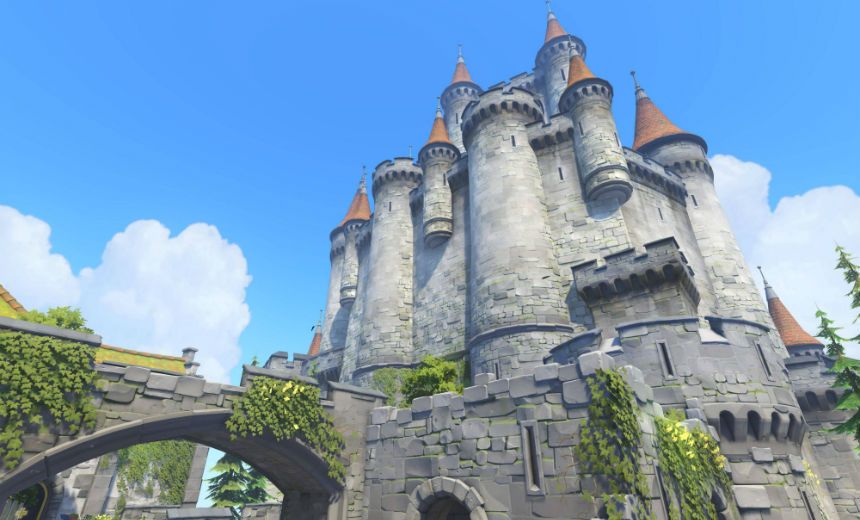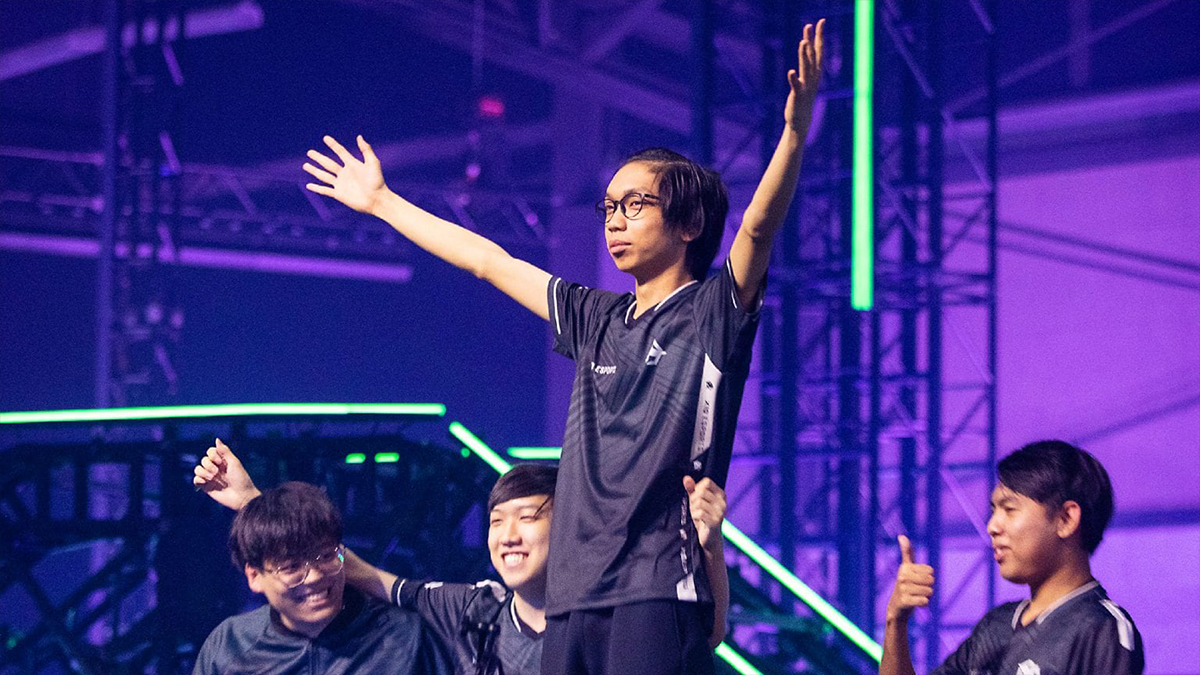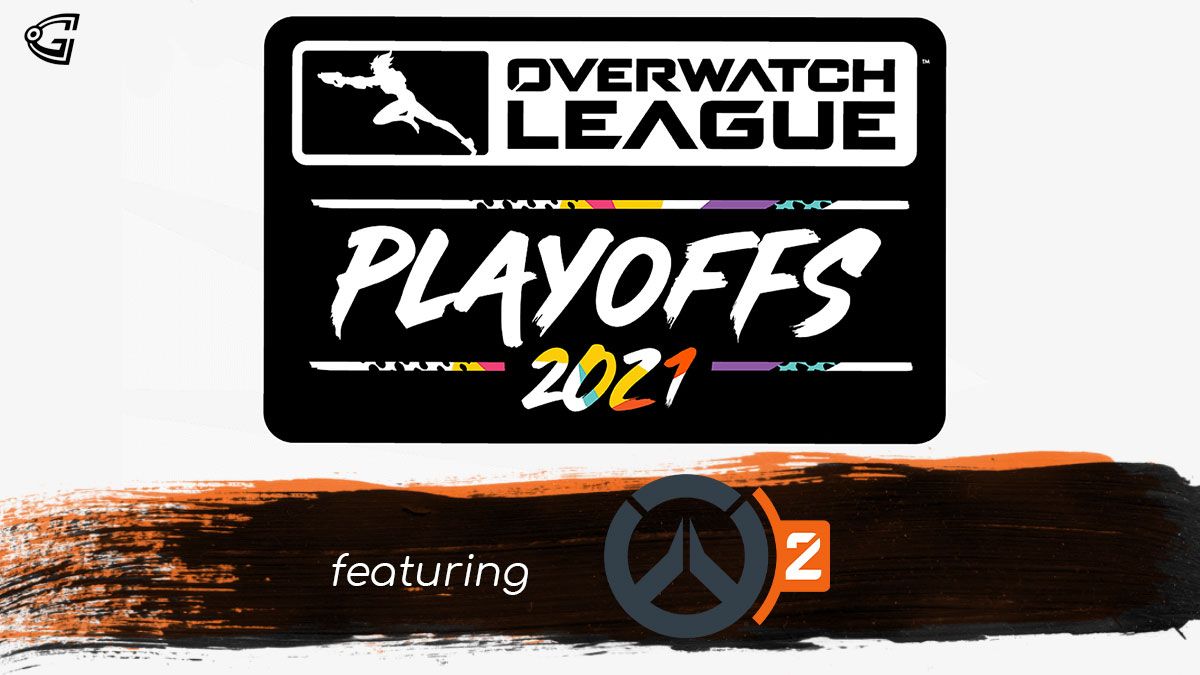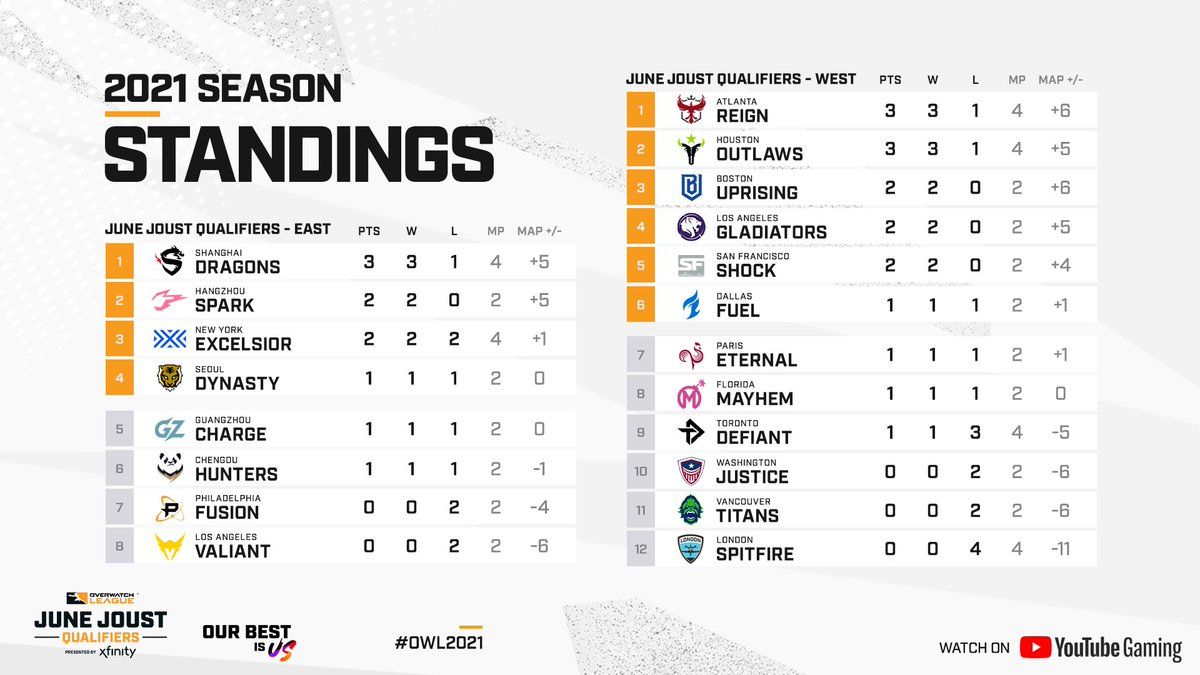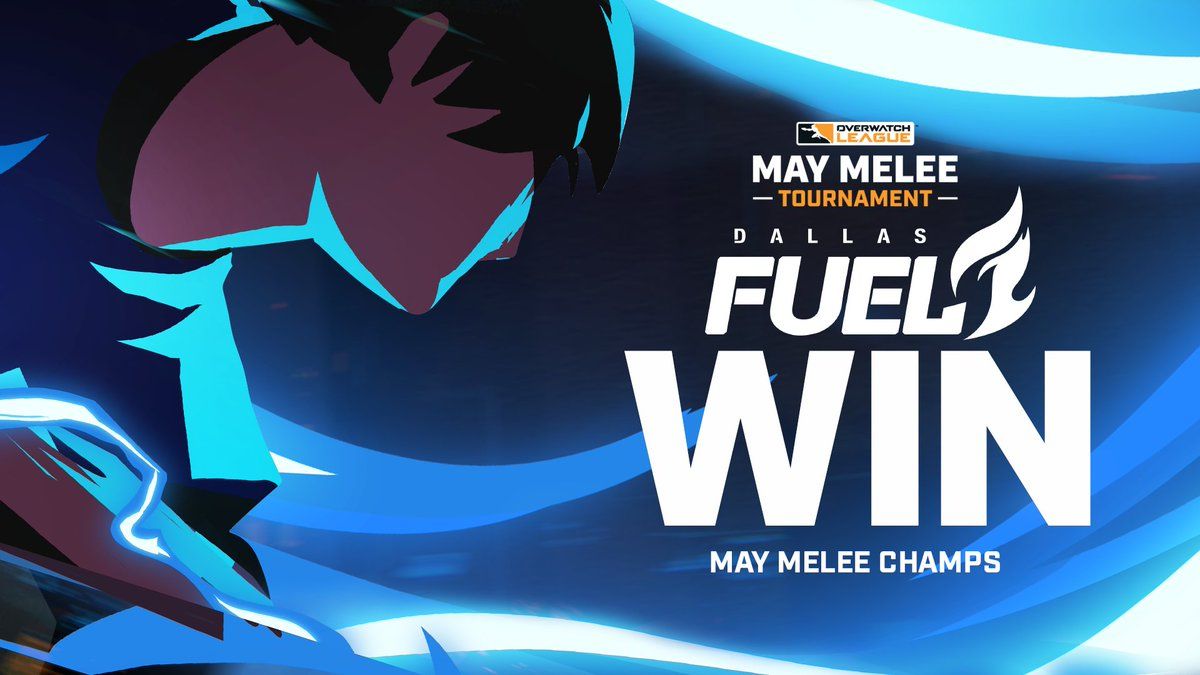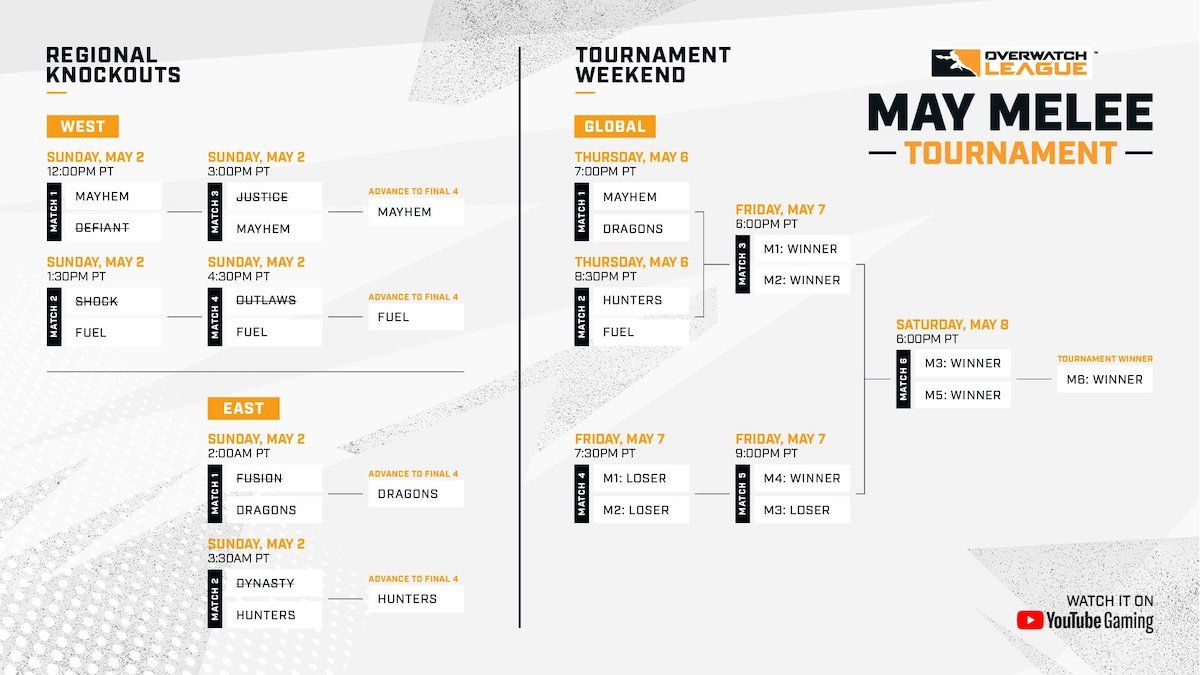
Eichenwalde is the newest addition to the map pool, a Hybrid map with three distinct stages winding through a German castle. As is the way in Overwatch, it was thrown in with the other 12 maps for tournament play and featured heavily in the Overwatch Open this past week. Teams came out with colourful strategies and innovative flanks, but one thing stayed true throughout: the last point was incredibly hard to crack. Its two tiny chokepoint tunnels foxed all but the best (or most fortunate) teams on attack, leading to the lowest completion percentage of any map in the tournament.
Eichenwalde last has a feature similar to the hangar door on Watchpoint: Gibraltar, but more extreme. Once the payload is pushed to the second checkpoint, over the bridge and to the castle doors, the battering ram knocks a huge hole in the door. It creates a huge third entrance to the castle halls that is quickly repaired by a second door sliding down. Not only is this an amazing security addition from whoever designed the castle, but it makes attacking the map unbelievably more difficult.
What's the issue?
No final area of any other map is so defensively-skewed. Once the door closes, the two tunnels that teams have to push through are long and small, funnelling players into predictable decisions and causing them to eat damage and often be physically blocked. It takes a support ultimate or a huge offensive engagement simply to get through the door, and puts any fight on the other side massively in favour of the defenders.
The other maps often have wide roads as entrances to the final areas, or at least multiple chokepoint entrances that are far apart and can’t be monitored at once. Even Temple of Anubis, famed for its difficult initiation into last, cannot compete with this level of difficulty.
The video above is just a single amusing example from the NiP vs. Dignitas game in groups, but the tournament was littered with similar pushes. NiP used five ultimates in this scenario, initiating with a Nanoboosted Reinhardt as well as popping a Whole Hog to buy space for the Graviton Surge. They popped a Blizzard out as well to catch anyone close to the door, and fragi even used his Earthshatter during the middle of the fight to try and turn it.
It was a shambles of a push (and a terrible waste of ultimates) but in any other scenario such an enormous ultimate advantage would at least have secured them an even fight. Instead they got obliterated, chewed up by the defenders who did damage to multiple targets at once due to the confined space.
Get good then?
The biggest issue that people cite with this map design is that it leads to unreliable or “random” results. Obviously it’s not random or lucky for one team to push the payload further than another - that’s the entire basis of competitive Overwatch in a nutshell and everybody knows and accepts these win conditions. But a map that has such a crazily low completion rate can lead to unreliable results.
It essentially comes down to sample size. Most accept that the point of playing a map is to see who the better team is, and that the better team should generally win the map. With a map like Eichenwalde, where the attacking team only gets three or four opportunities to actually push the payload in the halls, the results are unreliable statistically. In the same way that playing fewer maps in a fixture correlates strongly to upsets, having fewer reasonable opportunities to push into last will do the same.

I must add a caveat to that previous argument as it’s a highly debatable assertion. I don’t think Eichenwalde produces results that have been unreliable, certainly not that we’ve seen clearly demonstrated anyway. Teams still have many minutes and as many opportunities as they can create. The better a team is at attacking and co-ordinating, the better their success rate will be. It remains a concern but not one that I feel we’ve seen play out in reality.
So you want it to be balanced?
Another argument against the design of Eichenwalde’s last is simply that people dislike its low completion rate. But why should all maps be even for attackers and defenders? This appears to be a tenet of Blizzard’s design policy, but I have yet to hear a reasonable reason for it. Maps have been tweaked in the past to align them with a 50/50 percentage in ranked play, but this appears to be to appease weak-minded players. Blizzard believes that if a map is unbalanced one way or the other, teams will just give up. To be fair, they might be right if my experience playing CT sided maps in CS:GO is anything to go by.
For tournament play though, it seems on reflection to be an interesting concept to have some varied balance in the map pool. If a team is excellent at attack, then having a map with stacked defense will allow them to shine. Teams must be challenged in order to show their excellence, and providing a challenge like Eichenwalde last certainly separates the chaff from the wheat. This argument has already been proven to work with attack-slanted maps or points, as those with amazing defenses have shown their ability to lock out teams to win maps and therefore shown their superior level compared to others.
At the end of the day, Eichenwalde has been one of the most fun maps to watch in the Overwatch Open, and not just because it’s new. Its three stages provide different challenges for the teams and different opportunities to shine. It does have a map design heavily skewed towards the defenders, but perhaps we should embrace this unique difference rather than force it to conform.
For more competitive Overwatch news, follow us @GosuOverwatch.

